MITEI study finds hydrogen-generated electricity is a cost-competitive candidate for backing up wind and solar
Green Car Congress
AUGUST 29, 2021
A team at MITEI (MIT Energy Initiative) has found that hydrogen-generated electricity can be a cost-competitive option for backing up wind and solar. As we move to more and more renewable penetration, this intermittency will make a greater impact on the electric power system. —Drake Hernandez.



















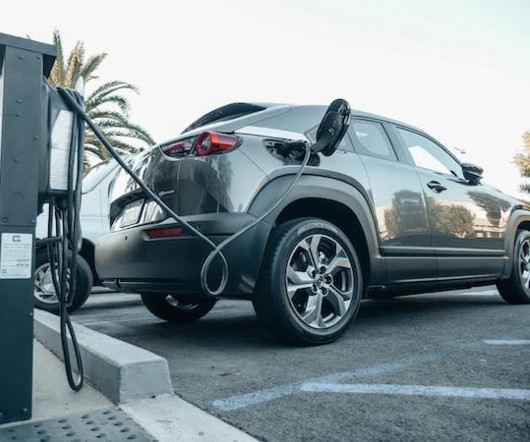




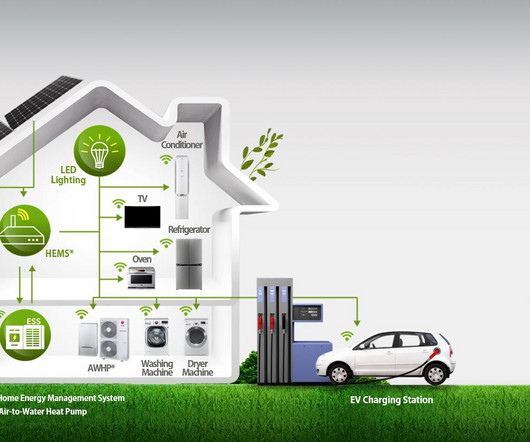

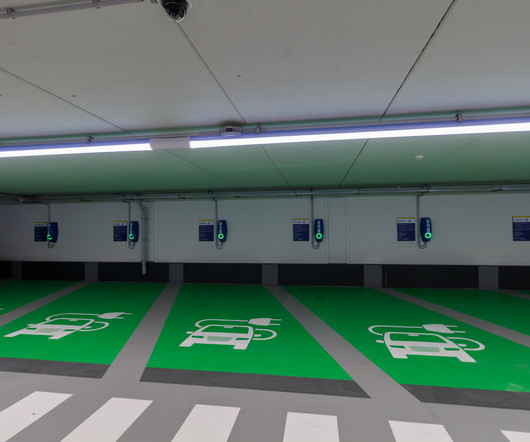
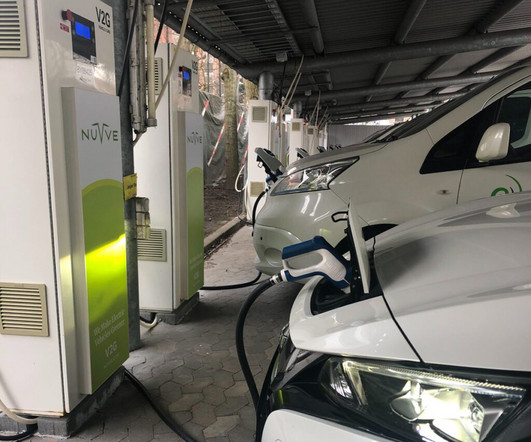
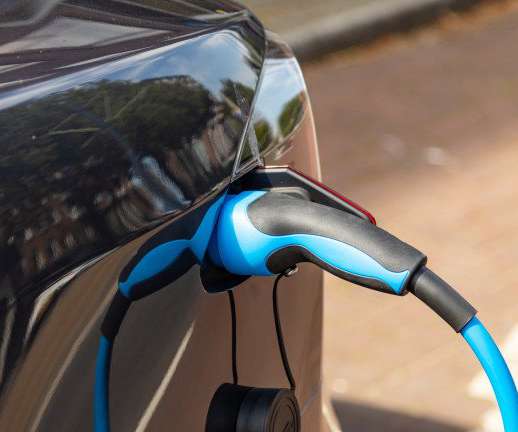










Let's personalize your content